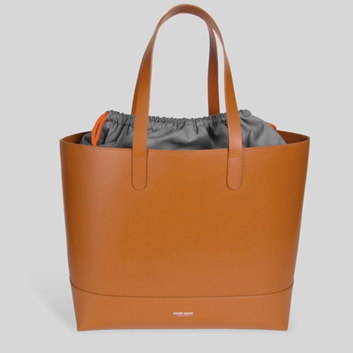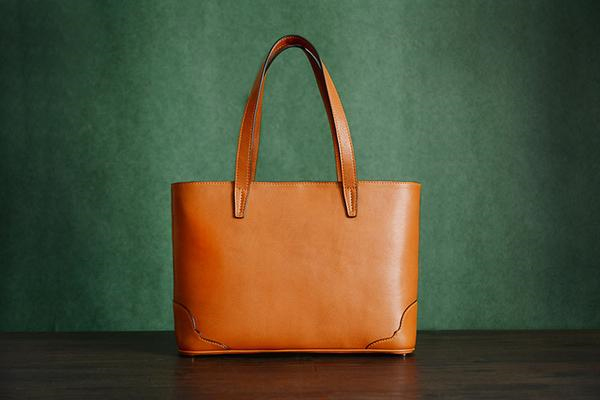The autumn/winter runways were laden with butter-soft leather, worn head-to-toe. But with environmental issues top of the agenda, Vogue investigates how to approach 2019’s biggest fashion trend from a more eco-friendly perspective
From sumptuous trench coats to quilted motorcycle jackets, luxurious suiting and enormous woven totes, the autumn/winter runways were laden with butter-soft leather, worn head-to-toe. But with environmental issues now front and centre when it comes to how we eat, dress and travel
Buy animal-free leather
As a luxury brand, Stella McCartney is unequivocal about the vegetarian fashion credentials they established back in 2001: “We never use leather, skin, fur or feathers.” The material they do use is alter-nappa, made from polyester and polyurethane, together with a recycled polyester backing—an innovation motivated not only by concerns for animal welfare, but also to reduce greenhouse gas emissions and water pollution caused by the leather industry. It’s a stance that is now shared by a swathe of upscale labels who prioritise an animal-free route to leather.

Seek out vegetable-tanned leather accessories
Using vegetable dyes (rather than various toxic substances, including chromium, cyanide, mineral salts and formaldehyde) to tan animal leather improves upon just one stage of a heavily polluting process, but it’s a step in the right direction towards more eco-aware manufacturing. While searching the phrase “vegetable-tanned leather jacket” on Google doesn’t yield much, there are designers out there using the material for bags and shoes, with women leading the way.

The second-hand route
The return of full-look leather on the autumn/winter runways could be a positive thing for the luxury leather resale market according to Alice Hebrard Lemaire, head of vintage at luxury online consignment store Vestiaire Collective. “We expect, with the rising awareness surrounding sustainability, that [the pre-owned leather category] will grow,” she says. The site currently counts YSL, Balenciaga and Burberry among its top luxury brands that shoppers look to for second-hand leather pieces. There’s also good news for vintage aficionados who are hooked on Bottega Veneta’s revitalised woven leather designs. Hebrard Lemaire notes that between January and March 2019, 1,744 Bottega Veneta products were added to Vestiaire to meet a 12 per cent increase in sales (year on year).
Support a designer upcycler
The good news? For Gen Z’s fashion design stars, sustainability practices provide a grounding in thinking creatively. So, who are the new names set to change how the industry will operate in the years to come? “I use upcycled leather in my chalk bags to use up industry waste from some of the worlds top brands,” says recent Central Saint Martins graduate Patrick McDowell. “The leather industry is very harmful in terms of chemicals and letting those skins go to landfill creates even more toxic waste. Through upcycling leather we can aim to keep them out of the ground, while making beautiful products that don’t cost the earth.”
Donate your old leather
As much as we love to shop, there’s also happiness to be had by giving pre-loved clothing away (thank you Marie Kondo). If you’re sitting on a stack of leather biker jackets or skinny leather pants that don’t fit: donate. There might be a future designer who can repurpose your old pieces.



















Enquiry